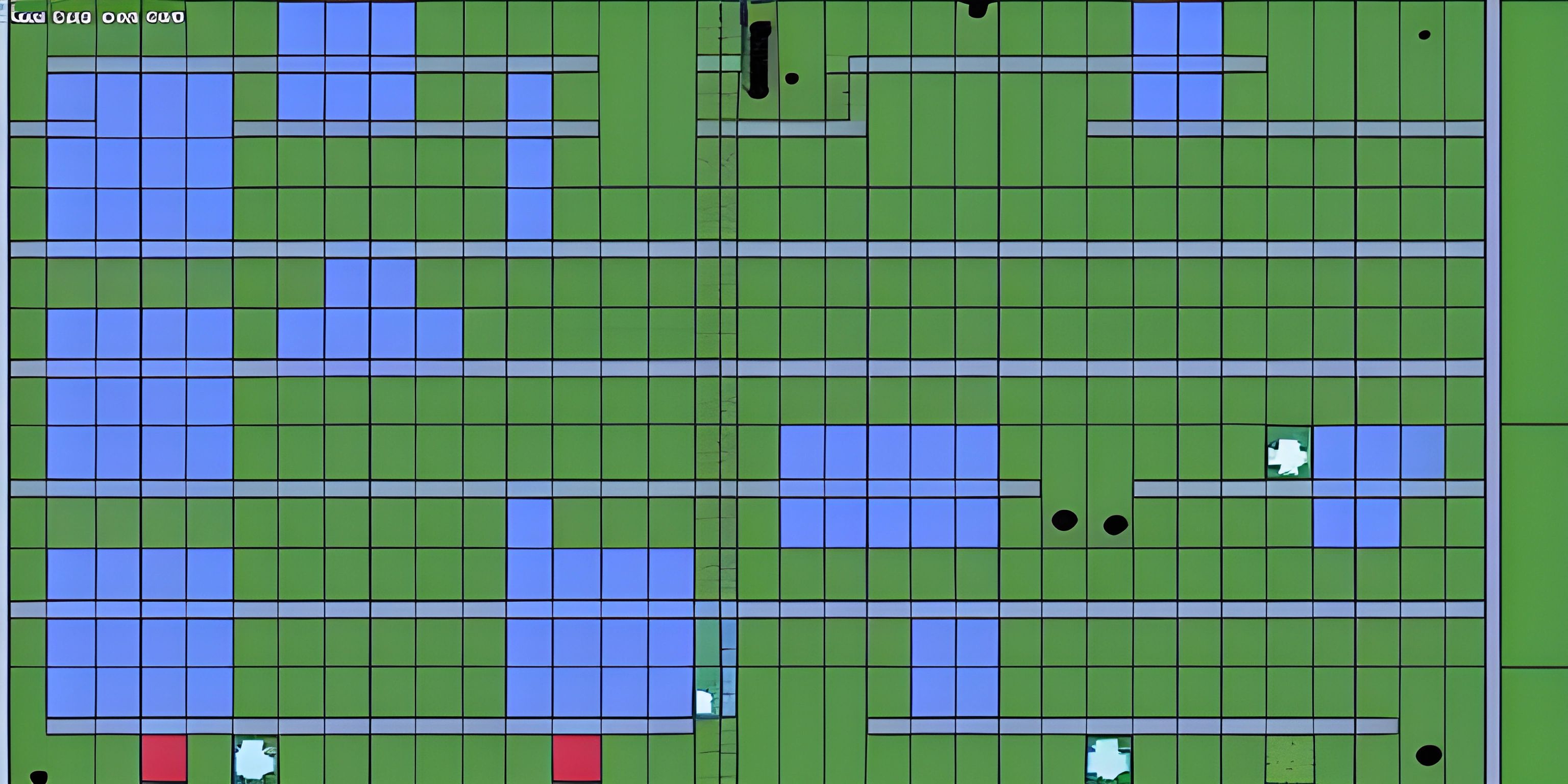Conway's Game of Life

Note: this page has been created with the use of AI. Please take caution, and note that the content of this page does not necessarily reflect the opinion of Cratecode.
Prepare to embark on a journey of cellular automata, where each cell's state is determined by its neighbors. Welcome to the world of Conway's Game of Life, a fascinating simulation that manifests complex patterns from simple rules. Fasten your seatbelts, we are about to dive deep into this mesmerizing microcosmos.
Rules of the Game
Conway's Game of Life, also known simply as Life, is a cellular automaton devised by the British mathematician John Horton Conway. It's played out on a grid, with each cell either alive or dead. The state of a cell in the next generation is determined by the following rules:
- Any live cell with fewer than two live neighbors dies, as if by underpopulation.
- Any live cell with two or three live neighbors lives on to the next generation.
- Any live cell with more than three live neighbors dies, as if by overpopulation.
- Any dead cell with exactly three live neighbors becomes a live cell, as if by reproduction.
These rules give rise to an astonishing array of patterns, some of which have intriguing properties such as self-replication.
Implementing Life in Python
Now let's breathe life into these rules by creating a Python implementation. In our version, we'll represent the game grid as a two-dimensional list, with 0s for dead cells and 1s for live ones. Here's how you might set up the initial state:
grid = [[0, 1, 0],
[0, 1, 0],
[0, 1, 0]]This configuration is known as a "beacon", one of the many named patterns in the Game of Life. It oscillates between two states over the course of two generations.
Hey there! Want to learn more? Cratecode is an online learning platform that lets you forge your own path. Click here to check out a lesson: Why Program? (psst, it's free!).
FAQ
What is Conway's Game of Life?
Conway's Game of Life is a cellular automaton devised by mathematician John Horton Conway. It's a zero-player game played on a grid, where each cell can be either alive or dead and evolves across generations according to a set of simple rules based on the states of its neighboring cells.
How is the state of a cell determined in Conway's Game of Life?
The state of a cell in Conway's Game of Life is determined by its current state and the states of its eight neighbors. If a live cell has fewer than two or more than three live neighbors, it dies. If a dead cell has exactly three live neighbors, it becomes a live cell. A live cell with two or three live neighbors survives.
How can the Game of Life be implemented in Python?
The Game of Life can be implemented in Python by representing the game grid as a list of lists, where each element is either 0 (dead) or 1 (alive). The state of each cell in the next generation is then calculated by counting its live neighbors and applying the rules of the game.





